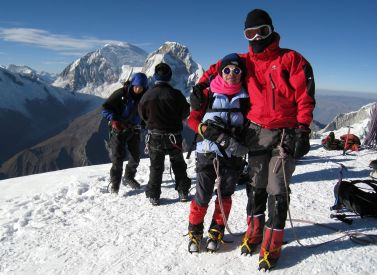
Climb Cayambe Volcano, Ecuador
Guided Cayambe climb
Learn mountaineering techniques while trekking and climbing on Ecuador’s magnificent volcanoes.
On this guided climbing holiday, you take on three stunning peaks, finishing off with a summit climb of Cayambe (5,790m/18,996ft).
No previous mountaineering experience is required for this trip, which offers an introduction to the challenges and wonders of high altitude mountaineering. You will need to be acclimatised before joining.
You will be able to enjoy some of the most beautiful mountain scenery in the Andes while taking on Cayambe.
More on Cayambe climb.
You will experience all of the earth’s ecological zones from subtropical to arctic by climbing in the fabulous Avenue of Volcanoes.
You climb three of Ecuador’s impressive volcanoes: Pichincha (4,784m/15,695ft), Iliniza North (5,126m/16,816ft), and Cayambe (5,790m/18,996ft).
All the effort is well worthwhile with the breathtaking views and sense of achievement.
Climbing equipment, i.e. plastic boots, crampons and ice-axe can be hired in Quito. Instruction in its use is given by our mountain guides.
Ask about our acclimatisation suggestions and programmes. We can tailor extra days specifically to suit. We ask that you come acclimatised or that we add on an acclimatisation programme before joining this 6 day Cayambe trip.
Trip Highlights
Print Share Download as PDF-
Take on an ice-clad volcano!
-
Full instruction given and safety paramount as you climb with our expert, qualified guides.
-
Incredible views over Ecuador's valley of the volcanoes.
-
Life-affirming adventure holiday, with sense of achievement guaranteed!
I managed to summit all the peaks and had a wonderful time!
I've got to say the highlight of my time climbing in the Avenue of Volcanoes was reaching the summit of Cayambe.
Our guide was excellent - light hearted, funny, personable - and the overall experience of the trip was great. I felt good being able to work with my guides and help sustain their ability to pursue their passion for climbing.
C. Stephens, Cayambe
Full Itinerary
Day 1: Climb Pichincha, 4,794m, Quito (hotel not included) (L)
We leave from Quito after breakfast, and travel to the cable car in Quito, where we begin our ascent of the peak the easy way.
However, the walk starts soon enough and takes us to the summit of active volcano Rucu Pichincha at 4,794m/15.724ft.
Quito is nestled on the slopes of this active volcano. Our primary goal is to see how each team member responds to the altitude and to start the process of acclimatisation.
The views are outstanding, so this is a great introduction to Ecuador’s volcanoes. Afternoon return to your Quito hotel (we can book this for you, please ask to add additional nights pre-trip).
Day 2: Refugio Ilinizas (4.700m / 15.092ft), refuge (B,L,D)
After breakfast we head south from Quito to Machachi, the base town for the Ilinizas Ecological Reserve.
Enjoy the magnificent landscape en route on the Pan American Highway from the eastern range of the Andes to the western range along the Avenue of the Volcanoes where Cotopaxi and the Iliniza twin volcanoes are located.
There are over thirty of these picturesque peaks and the glint of the permanent glaciers on some of the higher ones provide a stark contrast to the arid rocky terrain and cultivated fields.
After one and a half hours we will arrive at a remote paramo in an area called La Virgén. From here it is a 3-hour hike up to the refuge with our full backpacks. The refuge is situated at 4,700m/15,420ft.
Dinner and sleep in the refuge.
Day 3: Climb Ilinizas North, 5,100m, Hacienda La Estacion. (B,L)
We set off early, at around 5am.
It is a steady traverse up the scree slope to the rocky ridge that leads along a slightly tricky rocky escarpment. The route to the Iliniza Norte summit (5,120m/16,798ft) involves a non-technical scramble that should not be attempted in inclement weather.
It is a fairly short ascent and a good test to see how you are developing with the altitude in preparation for Cotopaxi. Descend back to the parking lot and transfer to Hacienda La Estacion for a very good rest.
Day 4: Drive North, visit Equator, overnight at Cayambe Refuge (4,600m) (B,L,D)
We leave La Estacion this morning and drive north, passing Andean villages enroute such as El Quinche with is picturesque church holding “Our Lady of Quinche”, patroness of Ecuador. Pope Francis has stopped off here before, and so will we.
We then visit the Equator line for some information and the obligatory North/South photo shoot. Onwards to Cayambe, with a lunch stop to have a typical meal before arriving at the slopes of Cayambe Volcano in the late afternoon.
Located northeast of Quito on the eastern ridge of the Andes, Cayambe is Ecuador’s third highest peak and stands at 5,790m/18,996ft, with its summit just 3km north of the Equator line.The glacier of this mountain is large and its varied terrain provides an excellent training ground for our glacier school and a rewarding summit climb.
Overnight at the Oleas – Ruales – Berge Refuge at 4,600m/15,092ft.
Day 5: Glacier school, rest afternoon, refuge (B,L,D)
Early breakfast and we are on the glacier at 08.30 to acclimatise further and familiarise ourselves with the various climbing techniques as well as the equipment needed.
Our guide will show you the ropes, teach you how to use ice-axe and crampons and introduce you to techniques necessary to hike on the glacier snow, rope handling and give general safety tips.
After a morning of glacier school we are back to the refuge for delicious lunch and a rest afternoon ahead of a big climb, starting at midnight. Early dinner and early to bed, usually by 18.30.
Sleep at refuge.
Day 6: Climb Cayambe, 5,790m, return to Quito, hotel (not included)(B,L)
Wake up at midnight for breakfast and final equipment check. We leave the refuge at 01.00 and climb with headlamps for the first four hours.
We have a straight-forward glacier climb to a saddle and then continue onto steeper and more exciting grounds. We’ll traverse around large crevasses and pass some spectacular seracs. We progress to climb 40 degree slopes with occasional steeper sections.
Some200m below the summit we will climb a 60 degree slope and from here it’s the final hour to the summit. We will have our moment of glory around 9-10am, enjoying spectacular views of surrounding mountains and the valleys below. The darkness of the ground below contrasts sharply with the brilliant white snow shimmering in the sun (we hope!).
A short rest and we return to the refuge (3-4 hours) where we have a rest and lunch before saying farewell and returning to Quito and your hotel. (We can book this for you or feel free to choose your own hotel)
Note: If the itinerary has to change for any reason additional expenses will be the responsibility of the client.
Prices From $1,999 / £1,625 per person
What's Included?
Hostals and basic mountain refuges, experienced mountain guides, some technical climbing equipment (Harness, ropes, helmet), meals as listed (B = breakfast, L = lunch, D = dinner)
What's Not Included?
Flights (we can look for these), insurance, personal additional climbing gear (crampons, ice axe, mountain boots – can be rented) , tips
Accommodation
Mid range hotel in Quito, basic refuges on mountains.
If we need to camp, we use two-man mountain tents.
Tour Staff
We have worked for many years with our fully qualified mountain guides.
They live for climbing in the area and know the mountains extremely well. They speak English and will show you all the techniques you need in order to make a safe and successful summit attempt.
We use the same local drivers and support staff we have used for many years – the cooks, porters etc all have many years experience in the mountains.
Meals
When at refuges, your breakfasts will be a mix of hot drinks, cereals, fruits and toast with jams.
Lunch, while out walking, will be either sandwiches or meat and cheese with crackers, with fruits etc available on trips from basecamps.
Meals at refuges are large and feature bread, vegetables, meats and hot drinks, rice and pasta dishes. Almost all dietary requirements can be catered for – please ask.
Summit attempts usually start in the dark, between 00.00 and 02.00, aiming to return from the summit by late morning.
Activity Level
The trip is open to anyone with a positive attitude who wants to walk in a stunning and remote part of Ecuador’s Andes, and to really challenge themselves.
This is a strenuous trip and there is a big demand on the body. Those with no previous trekking experience can try the trip, although experience of hiking and camping is beneficial.
You need to have a very good level of fitness for the trip.
You must be very well acclimatised – with 5-6 days at altitude immediately before the hike, with walking at higher levels. We can help with acclimatisation programmes.
Practical Information
Introduction to Ecuador
Ecuador is the second smallest South American country, and one of the most varied.
It comprises three main geographical areas: the coast, highlands and Amazon plus is home to the Galapagos Islands.
Because of its relatively compact size, it makes a great holiday destination as you can move from highlight to highlight fairly easily and rapidly.
Ecuador's volcanoes and acclimatisation peaks
Acclimatisation Peaks
These peaks are non-technical and are suitable for acclimatizing on prior to tackling one of Ecuador’s big volcanoes. We recommend several days in Quito and at least two peaks before doing our mountaineering course or attempting peaks over 5,000m/16,404ft.
Guagua Pichincha: 4,794m/15,728ft. An active volcano on the outskirts of Quito that last erupted in October 1999. This is a readily accessible and scenic acclimatisation climb that offers fabulous views from the crater’s rim.
Ruminahui: 4,634m/15,203ft. Named after Atahualpa’s general who led the fight against the Spanish conquistadors after Atahualpa was murdered. Legend has it that Ruminahui hid a large cache of the Inca ruler’s gold in an undisclosed, and still unknown, location. This climb is a good acclimatisation warm up climb in Cotopaxi National Park and offers magnificent views of Cotopaxi.
Imbabura: 4,630m/15,190ft. The peak overlooking Otavalo. It is a long walk up, with a short scramble near the summit. The summit ridge offers great views of Imbabura’s impressive open crater and Lago San Pablo.
Illinizas Norte: 5,126m/16,818ft. An excellent acclimatisation peak with a bit of a scramble to reach the summit and magnificent views. Although it looks like a large pile of rock rubble, the rock is pretty good by Ecuadorian standards.
Pasachoa: 4,199m/13,776ft. An ancient, severely eroded volcano inactive since the last ice age. It is 30km south of Quito. There is a short scramble from the top of the grassy ridge to the summit.
Carihuayrazo: 5,100m/16,732ft. An ideal acclimatisation peak in conjunction with the Abraspungo trek. It is also a good place to practice basic glacier skills, use of crampons and ice-axe self arrest. Loose rock and scree to cross above the glacier and then a scramble to reach the summit.
Cubilche: 3,800m/12,467ft. Some 14km from Otavalo, a dormant volcano with five small craters on the top, an ideal acclimatisation peak.
Ecuador’s big volcanoes
Cotopaxi: 5,897m/19.347ft. This is Ecuador’s second-highest peak and one of the highest active volcanoes in the world. It is a nearly perfect snow-capped volcanic cone, situated 55 kilometres south of Quito in Cotopaxi National Park. We drive to just below the refuge (4,800m/15,748ft) and from there it is a 6-8 hour climb to the summit, mostly on steep snow and ice slopes. First climbed in November 1872 by Angel Maria Escobar (Colombia) and Wilhelm Reiss (Germany). Currently active.
Cayambe: 5,790m/18,996ft. Thisis the highest and coldest point on the equator. It is the only place on earth where the latitude is zero degrees and so is the temperature. Long thought extinct, Cayambe is now deemed to be active and is closely monitored.
Chimborazo: 6,310m/20,702ft. This is Ecuador’s highest peak, and is one of the most impressive in all the Andes. Measured from the centre of the earth it is the highest mountain in the world. Chimborazo is the southern-most peak in the Cordillera Occidental chain of mountains. It was first climbed in 1880 by Jean Antoine and Louis Carrel (Italy) and Edward Whymper (UK). Best time for climbing is during late January and early February.
Antisana: 5,758m/18,891ft. This is big, high and covered in crevasses. This peak is also wild and remote, offering some of the most interesting climbing in Ecuador. Climbing Antisana is serious business and is as technically difficult as Cayambe. This peak has seen relatively few ascents.
Illinizas Sur: 5,263m/17,267ft. This peak is a technical climb – a steep route requiring use of crampons and ice axe as well as knowledge of self-arrest and glacier travel and crevasse rescue skills. The route is suffering from glacial retreat.
Weather in Ecuador
Ecuador lies between latitudes 4º south and 2º north. Overall, climate varies according to time of year, altitude and region.
The Sierra
In the Ecuadorian highlands, there is little temperature variation by season as temperature depends largely on altitude.
In Quito, shade temperatures range from 6 to 10ºC in the morning and from 19 to 23ºC in the afternoon, with cool nights. In the lower basins between mountains, it gets significantly warmer.
Rainfall depends on whether an area lies closer to the eastern or western Andes. To the west, June-Sept is the dry period and Oct-May the wet (with often a short, dry spell in Dec or Jan).
The best period to visit Quito and trek and climb volcanoes such as Cotopaxi is the west Andean dry season of June-Sept and Dec/Jan. This is also Ecuador’s high season. During the Oct-May wet season, most rainfall is in the afternoons.
To the east, Oct to Feb are dry and Mar-Sept are wet. Overall, the southern highlands are drier than the northern highlands.
The Coast
On the Pacific coast, rainfall becomes less from north to south. The coast can be enjoyed year-round, although from June-Sept mornings are often grey with the garua mists.
Jan-May is the hottest and rainiest time of year.
The Amazon
In Ecuador’s Amazonian region, rain can fall at any time, but Dec-March is usually the driest season and Mar-Sept is usually the wettest period.
The Galapagos Islands
Galapagos can be visited at any time of year.
The warm season is Jan-Jun, bringing calm, warm waters (around 70°F) and sunny days (72-9°F or 22-32°C), February and March being the hottest and sunniest months with blue skies and sunshine.
The islands receive slightly more rainfall during these months, occasional heavy bursts in the afternoon. Great for snorkelling and you can spend a lot of time in the water without wetsuits, with great, clear waters.
The dry ‘garua’ season is Jun-Dec an it’s a great time for marine life. August and September are the coolest when you may need a jacket in the evenings and the sea can be choppy and temperature drops around 15-24ºC on average.
There can be mist on the islands in the mornings (garua) which usually burns off by midday leaving overcast skies or a sunny afternoon.
Sea temperatures may drop to 60°F- 72°F (15-22°C) during this time and snorkellers will want a wet suit for prolonged periods in the sea.
Vaccinations for Ecuador & Galapagos
We strongly suggest that everyone planning to travel to Ecuador visits their local doctor/travel clinic prior to departure for the latest vaccination information.
Recommended vaccinations
- Up-to-date diphtheria and polio.
- Tetanus or tetanus booster. (These three are effective for ten years.)
- ‘Havrix’ for Hepatitis A. The course of two injections protects you for ten years. Gamma globulin is cheaper butless effective.
- Typhoid vaccine is recommended by some doctors although it will not provide total protection and being careful about what you eat and drink is your best defence. It is given in two shots, four weeks apart and lasts for three years. Unless at exceptional risk, people over the age of 35 who have received four or more courses of typhoid immunisation need no more.
- A pre-exposure rabies vaccination is worth considering if you are going to be in contact with animals or morethan 24 hours away from a reliable source of vaccine. Hikers are at some risk from rural dogs, certain of which carry rabies, and those visiting coastal or rainforest areas could be exposed to rabid bats.
- Yellow fever. Not effective until ten days after inoculation; not recommended for pregnant women. This is also effective for ten years.
For people travelling to the Amazon/coast and regions below 1,500m (excluding Galapagos, which is malaria free):
- Anti-malarial protection (if going on a jungle trip below 1,500 metres; not needed for higher altitude). Ecuador has chloroquine-resistant strains of malaria and it is important that you follow the prophylactic regime carefully. In the UK, contact the Malaria Reference Laborator. North Americans should contact the Centers for Disease Control.
- Zika. Spread by mosquito bikes and also a risk of sexual transmission. People planning pregnancies / pregnant women are advised against all travel to areas reporting Zika. If you develop any feverish illness whilst travelling or on return medical attention must be sought quickly.
- Dengue Fever. There is no vaccine and prevention is through avoidance of mosquito bites. The mosquito that spreads dengue bites during the day and is more common in urban areas. Symptoms include fever, headache, severe joint, bone and muscular pain – hence its other name ‘breakbone fever’.
Kit list
Good kit is vital for every trip.
Book with Andean Trails and get 15% off Páramo’s fantastic ethical and high performance outdoor gear.
When planning for the extreme climatic conditions encountered on high peaks in the Andes, layering is the most practical and versatile clothing system. It’s worth remembering that our clothing keeps us warm by retaining and isolating the heat we ourselves create.
To best maintain body heat, several layers of lightweight, warm and quick-drying clothing are far more efficient than one or two thick layers.
Layers should have the following qualities:
- Breathability (able to wick away the humidity produced by sweat);
- Isolation (able to keep in the warm air our body produces); and
- Impermeability (able to impede the passing of wind and water).
First (base) layer: This layer wicks the sweat away from our skin, thus helping keep the body dry and warm. To this end, synthetic fabrics such as polypropylene should be used.
Mid layers: These isolating layers should also be synthetic (e.g. the known polar linings such as polartec or windblock, which are light and insulate twice as well as wool). Very important layers for retaining body heat.
Outer layer / shell: Finally, the vital layer which protects us from climatic adversities. A breathable, wind-proof and waterproof anorak, such as Goretex.
Note that it’s our extremities that stand to suffer the most, and on high Andean peaks the poorly-equipped mountaineer is at risk of becoming frostbitten. Hence, much thought should be given to deciding how best to protect hands, feet and head.
Give plenty of thought to kit selection, and try to keep weight down.
Below is a more detailed guide.
Feet
- 2 pairs synthetic inner socks (e.g. polypropylene, thermastat, coolmax)
- 4 pairs thick loop-stitch/wool socks for cold.
- Trekking boots – should be well broken-in, waterproof and provide good ankle support. Given the extreme cold, plastic mountaineering boots (e.g. Koflach) are also required. These are indispensable. (see ‘TECHNICAL KIT’ below)
- Gaiters (1 pair), heavy and large enough to fit over plastic boots.
- Trainers/sandals, for city-wear, evenings at lower camps & river crossings.
Legs
- Base layer leggings (1-2 pair).
- Thick fleece leggings (or salopettes) (1 pair).
- Goretex-type over-trousers (or salopettes) (1 pair).
- Trekking trousers (1 pair).
- Shorts – wear sparingly in early stages at altitude, as sun burns.
Body
- Thermal base layer shirts (2).
- Microfleece mid-layer shirt (1).
- Shirt/T-shirt 1 or 2 for lower altitudes. Long-sleeved, collared shirt protects against sun.
- Fleece jacket or similar (1).
- Warm jacket (down or synthetic) with hood. For camp and upper slopes.
- Waterproof Goretex-type jacket.
- 1-2 sports bras/tanks (for women)
Head and neck
- Broad-brimmed sunhat, essential.
- Warm hat, fleece or wool. (N.B. Up to 30% of body heat can be lost through the head).
- Balaclava/full-face ski mask (1)
- Sunglasses with UV filter and nose and side-pieces.
- 1 pair of glacier compatible sunglasses (full coverage – ask salesperson if you are not sure)
- Scarf for cold.
- Bandanna – to protect neck from strong sun.
- 1 cap with visor
Hands
For the extreme cold, we recommend a 3-layer scheme:
- 1 pair of Gore-Tex shell gloves
- 2 pairs of removable fleece glove liners
- Mittens allow you to keep the fingers together, and better conserve heat (though they also make it difficult to perform certain tasks).
Technical kit
- Large backpack (80-90 litres). Comfortable and with waterproof lining or cover.
- You will need another bag to store belongings left at hotel during expedition.
- Daypack (at least 30 litres). Comfortable and with waterproof lining or cover.
- Plastic mountaineering boots (you can rent these)
- Crampons, strap-on or step-in (can be rented)
- Walking ice axe (can be rented)
- Pair of telescopic trekking poles. (can be rented).
Other expedition kit
- Sleeping bag – a good warm bag (‘4-season’, minimum) and liner will be necessary for high-altitude camping.
- Sleeping mat, a foam mat is provided
- 2 x water bottles (2 litres each approx).
- Pee bottle.
- Personal first-aid kit to include: painkillers, plasters (band-aids), moleskin, anti-biotic cream, general antibiotics (ask your GP), after-bite (tiger balm), anti-diarrhoea tablets, throat lozenges, re-hydration salts & personal medication.
- Towel & wash-kit.
- Wet Wipes/antiseptic hand-wash cream.
- Sunscreen (factor 40+) and lip salve.
- Head-lamp (Plus spare bulbs and batteries x 2 at least).
- Penknife.
- Thermos flask (1 litre) Stainless steel.
- Alarm clock.
- Plastic bags ‘Zip-loc’ & tough bin liners.
- Camera and film / memory cards (take at least twice the amount you think you will need!).
- Book, e-book, mp3 player/ipod or other for free time.
- Binoculars.
- Spanish/English phrasebook.
- Extra snacks i.e. cereal bars or favourite chocolate bars.
All other non-personal trekking and camping equipment is provided, e.g. tents, cutlery etc.
ATOL holiday protection
Andean Trails has 25 years of experience of putting together the best South America holidays.
We pay a fee to the CAA for every licensable passenger we book since we hold an Air Travel Organiser’s Licence granted by the Civil Aviation Authority. In the unlikely event of our insolvency, the CAA will ensure that you are not stranded abroad and will arrange to refund any money you have paid to us for an advance booking.
We also offer ATOL (Civil Aviation Authority) protected holidays to give our customers peace of mind when booking and travelling.
When you buy an ATOL protected air holiday package from Andean Trails Ltd you will receive a Confirmation Invoice from us confirming your arrangements and your protection under our Air Travel Organiser’s Licence number 6275.
You can read more about ATOL, who is covered and what protections you have if not ATOL-covered, on our ATOL page.
What is ATOL?
The CAA’s ATOL scheme offers protection to your money and your holiday if you book with us. Not everybody is covered (see ‘Who is covered?’ for more), as you must purchase an ‘air package holiday’ with Andean Trails to be protected.
And ‘air package holiday’ is defined as including a flight and some ground services (hotel, transfer, trek etc). This is also known as an ‘ATOL-protected holiday’.
Who is covered?
To be covered by ATOL, you must book a flight and some ground services with us and be from the UK. If you are from the UK and only book ground services and no flights, you are not covered by ATOL (see below for more on how non-ATOL clients are covered).
If you are outside the UK and buy flights with us, you will be ATOL protected IF any of the flights booked with Andean Trails touches/stops in the UK at any point during your holiday package booked with us.
If you buy your flights elsewhere, please check with that agent if you are ATOL protected. Be careful with online flight purchases and make sure you know what protection you have, if any, before paying for flights.
Not all holiday or travel services offered and sold by us will be protected by the ATOL scheme. Please ask us to confirm what protection may apply to your booking.
For land only holidays not involving any air travel, in accordance with “The Package Travel, Package Holidays and Package Tours Regulations 1992”, all UK passengers booking with Andean Trails Ltd. are fully protected for the initial deposit and subsequently the balance of all money paid to us, arising from cancellation or curtailment of travel arrangements due to the insolvency of Andean Trails.
I’m not ATOL covered, what protection do I have?
If you are not ATOL covered, any payments you make to us go to a Trust account.
We can only access this money once your tour has been completed, meaning that if anything happens to Andean Trails Limited while you are on holiday, then your money is secure and you can either complete the trip or be able to make it home.
If you pay for your holiday with a credit card, some offer payment protection – please check with your cardholder.
You also should have cancellation protection written into your insurance (which we recommend you have at the time of booking) in case you need to cancel.
Prices From $1,999 / £1,625 per person
Guide price, per person, shared room basis
We can run this tour or variations at any time, ask for prices for larger/ smaller group
Ask about other trek options
Dates & Prices
Prices From $1,999 / £1,625 per person
Guide price, per person, shared room basis
We can run this tour or variations at any time, ask for prices for larger/ smaller group
Ask about other trek options
Can’t find what you’re looking for? Get in Touch
+44 (0)131 378 5593
+44 (0)131 554 6025



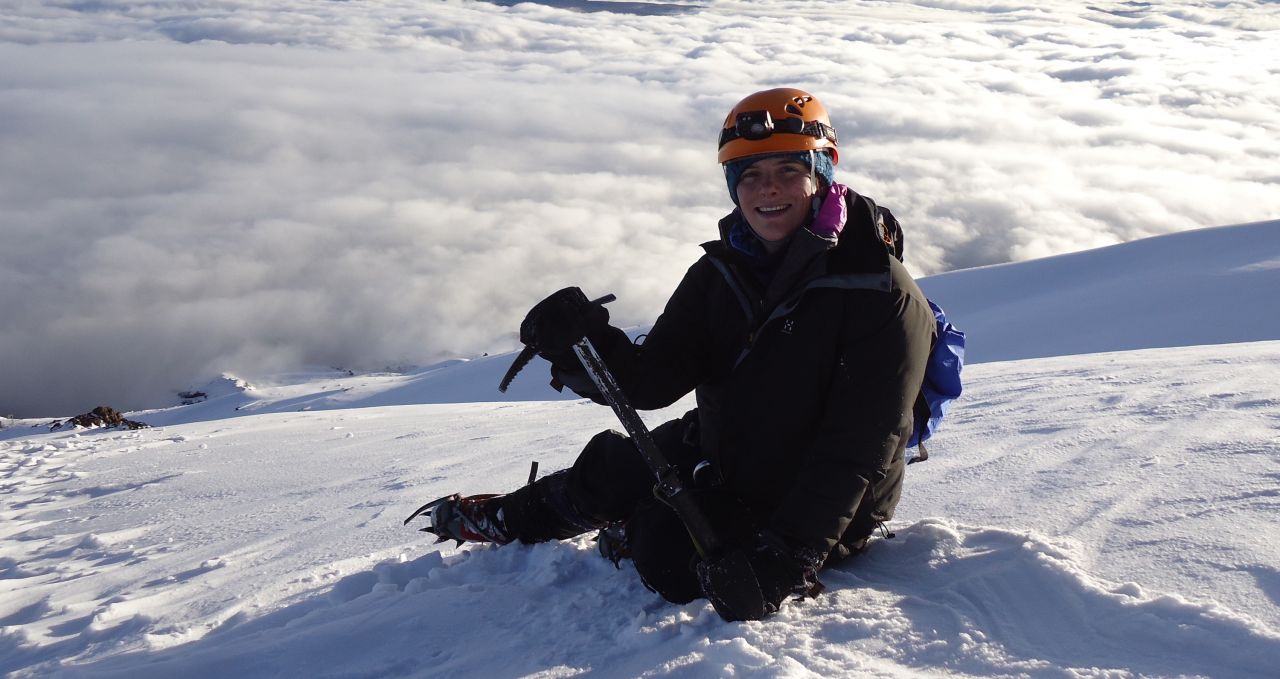
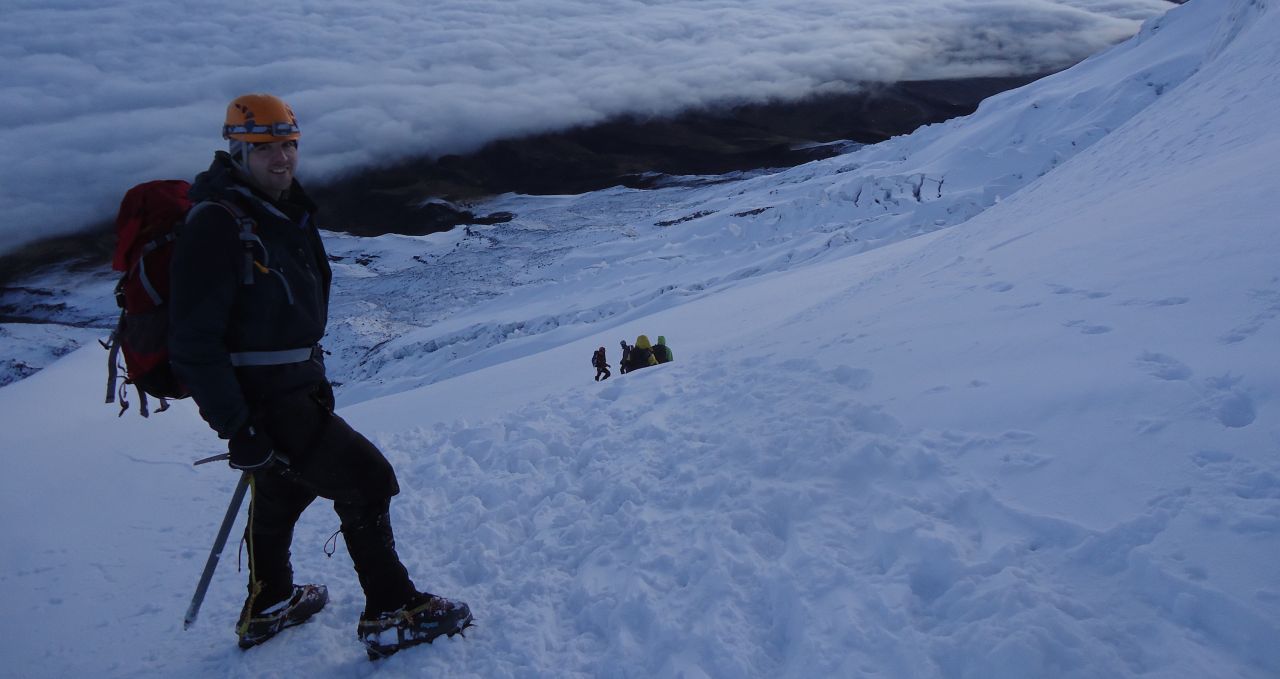
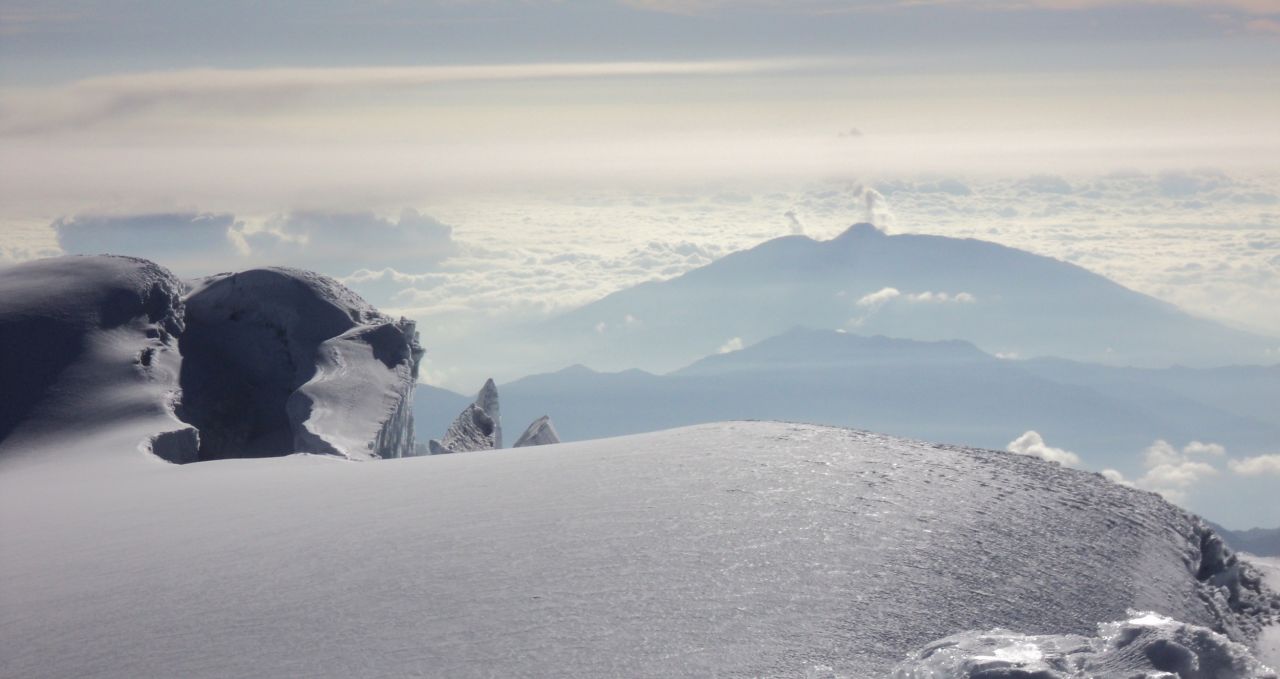
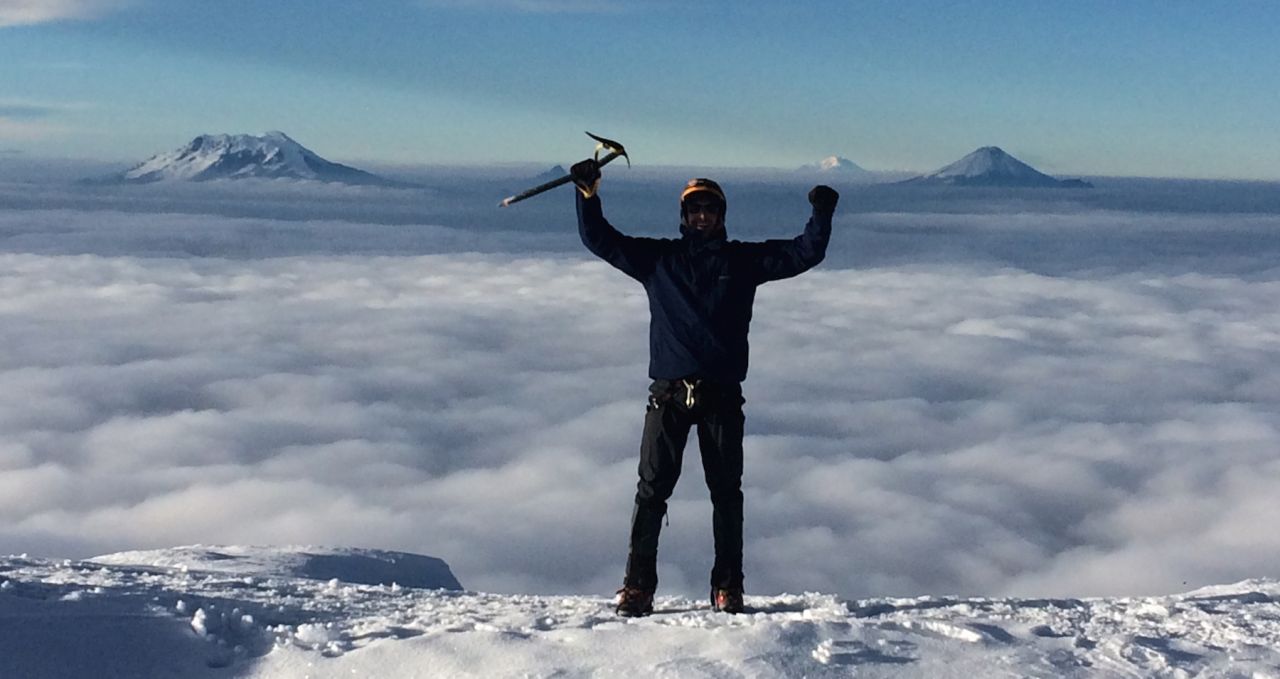
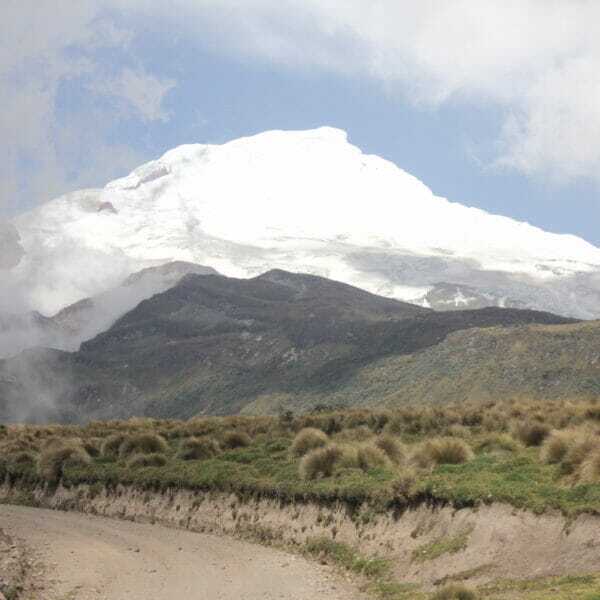
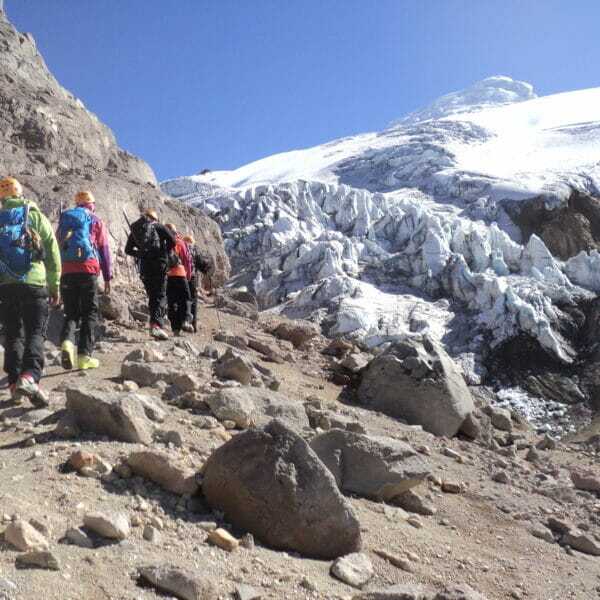
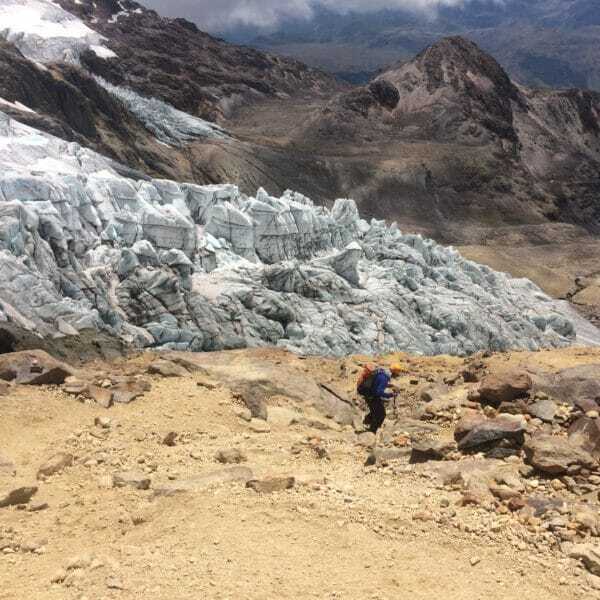
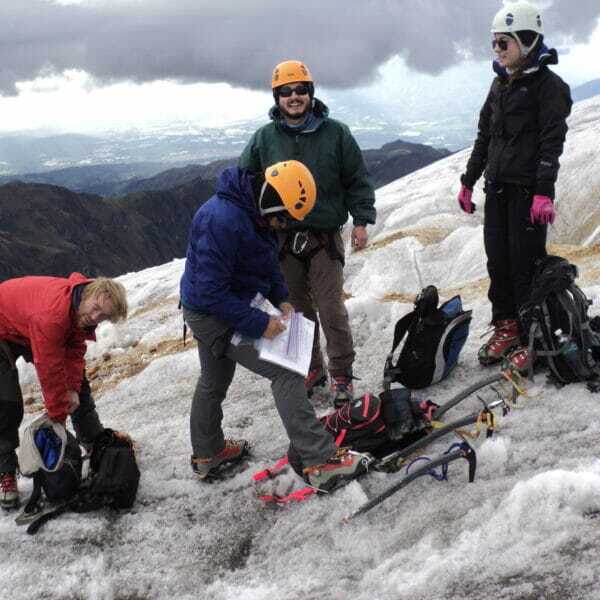
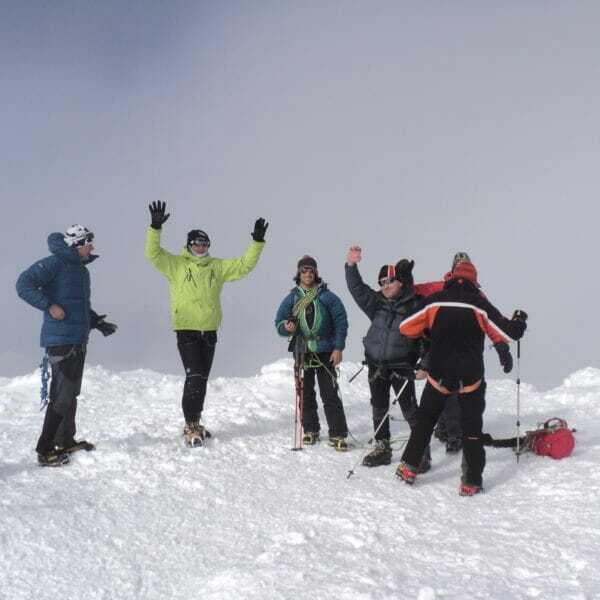
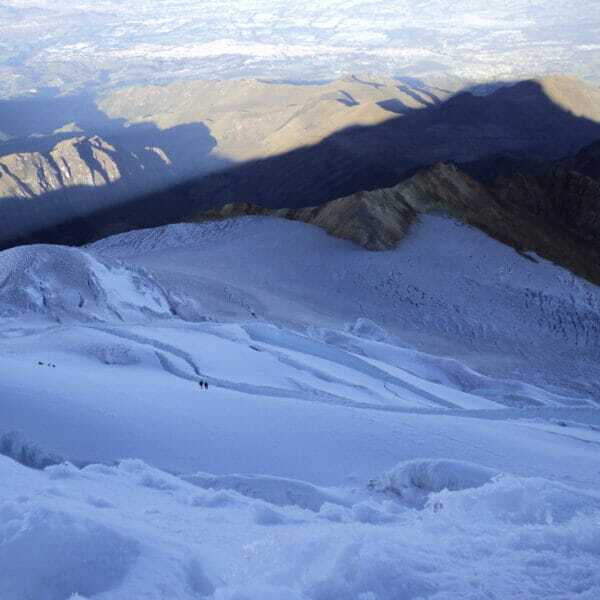
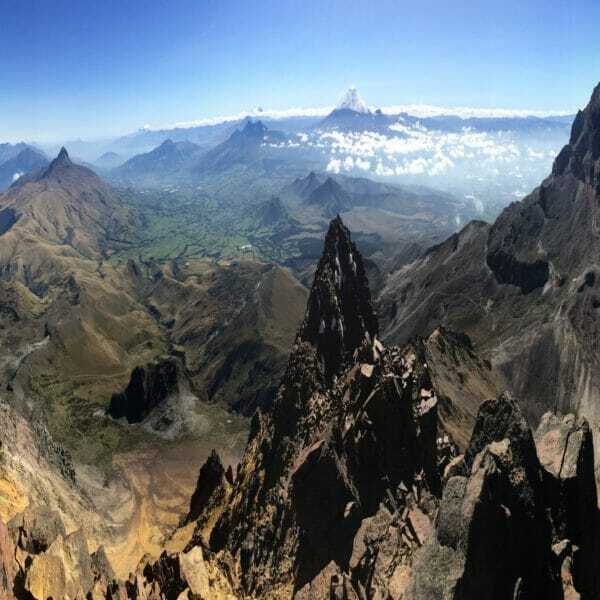
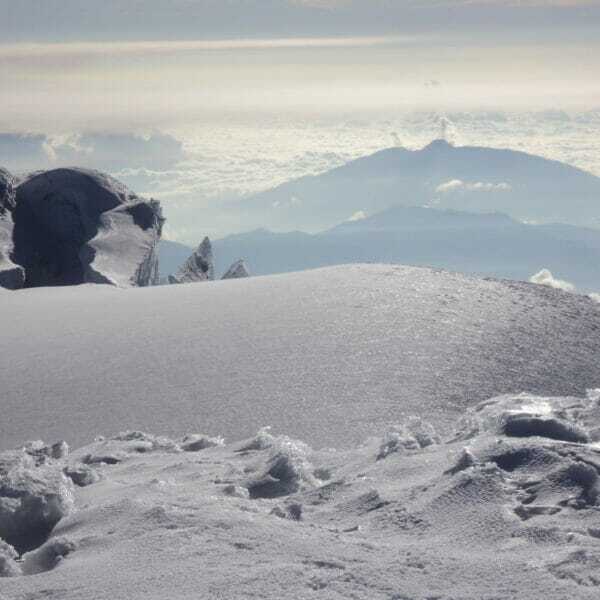
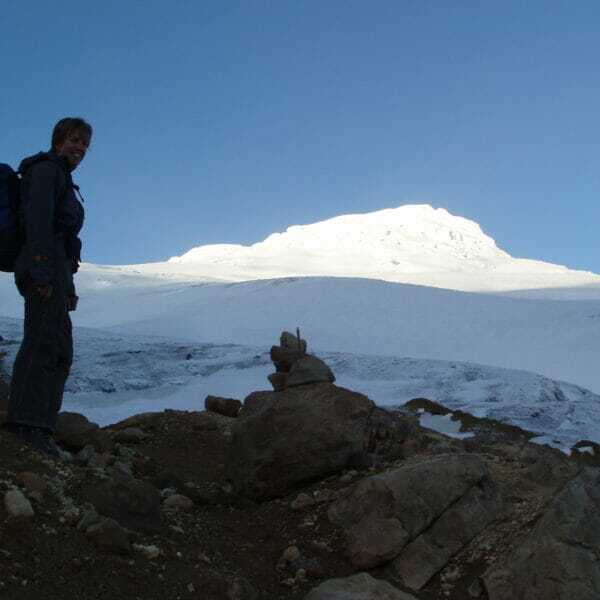
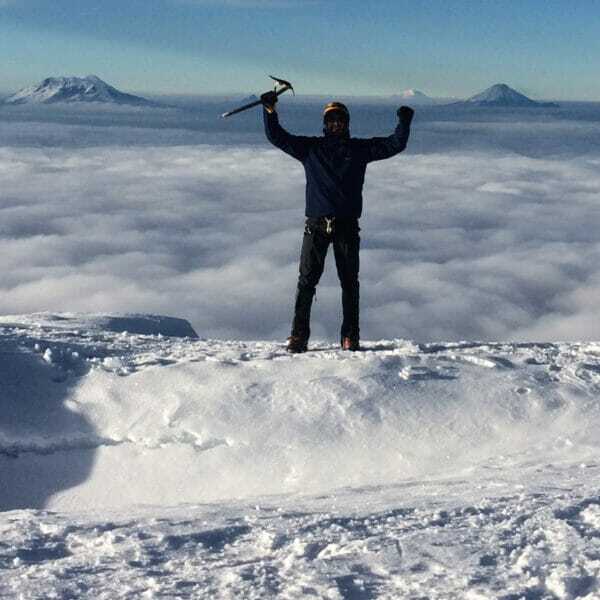
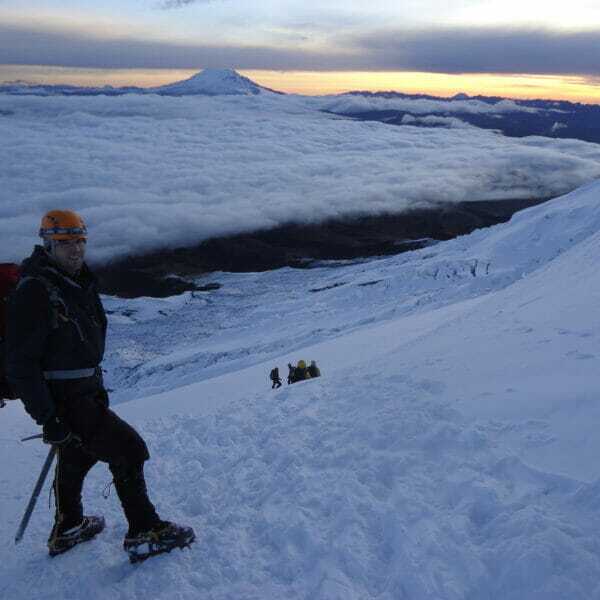
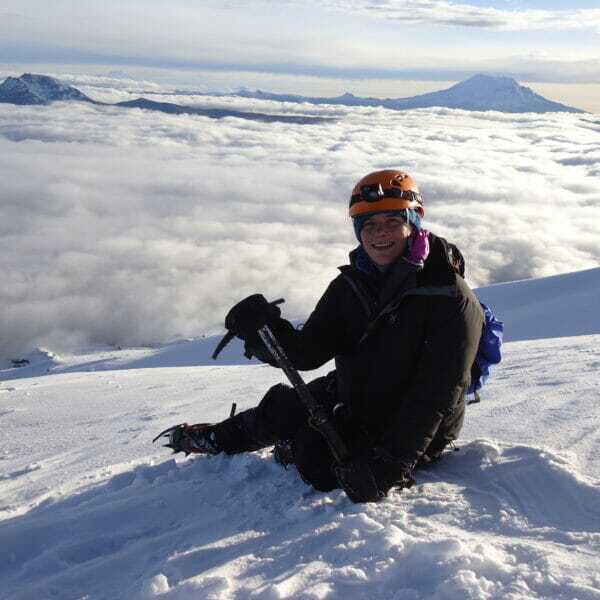
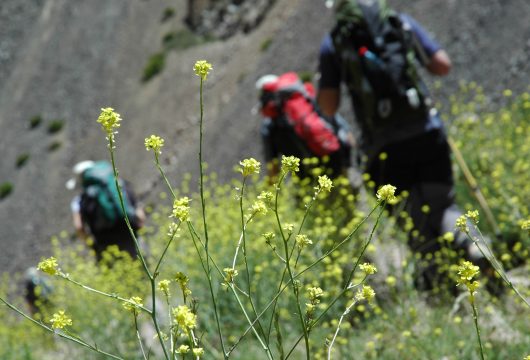
 a Tailor Made Tour
a Tailor Made Tour 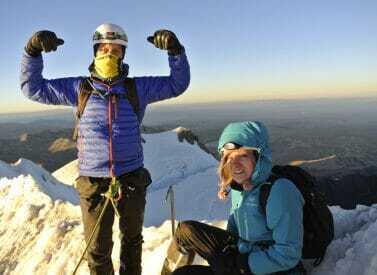

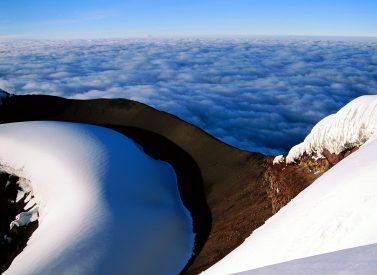
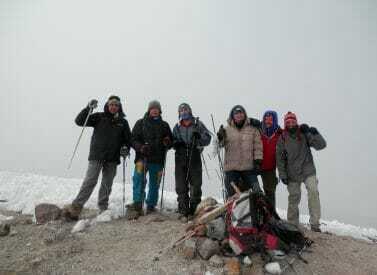

 a Group Tour
a Group Tour 